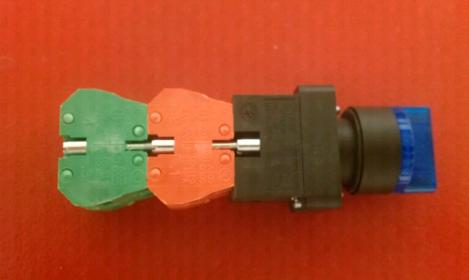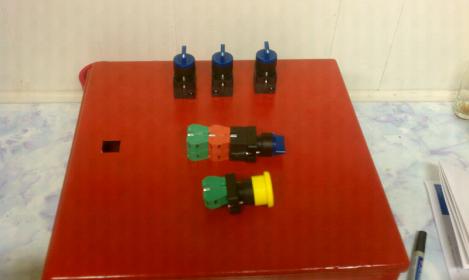Has anyone sourced and cheaper switches? Seems a little spendy.
YOU do what you gotta do. I come up with ideas and plans for the E-Brew community here. You asked which switches I represented in the drawing. I told you. Now what?????
PLEASE give me a break!






























![Craft A Brew - Safale S-04 Dry Yeast - Fermentis - English Ale Dry Yeast - For English and American Ales and Hard Apple Ciders - Ingredients for Home Brewing - Beer Making Supplies - [1 Pack]](https://m.media-amazon.com/images/I/41fVGNh6JfL._SL500_.jpg)

































